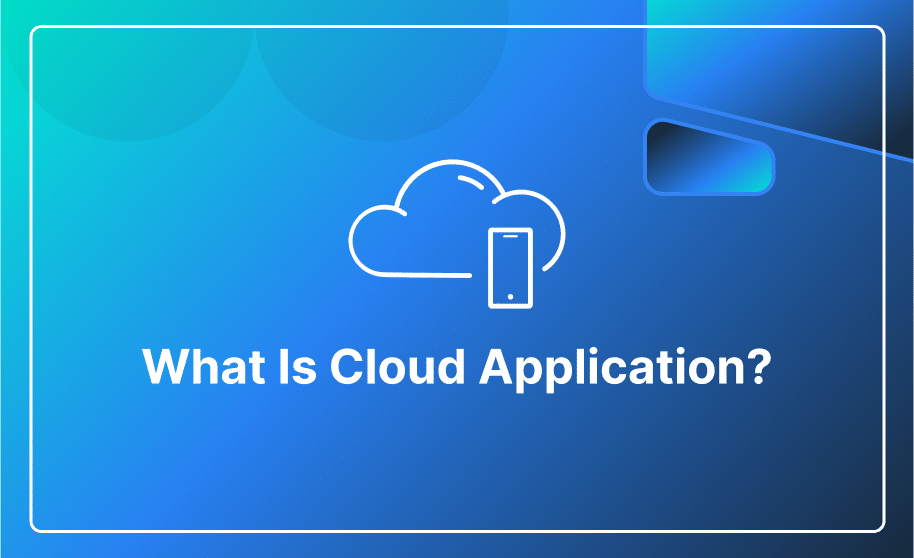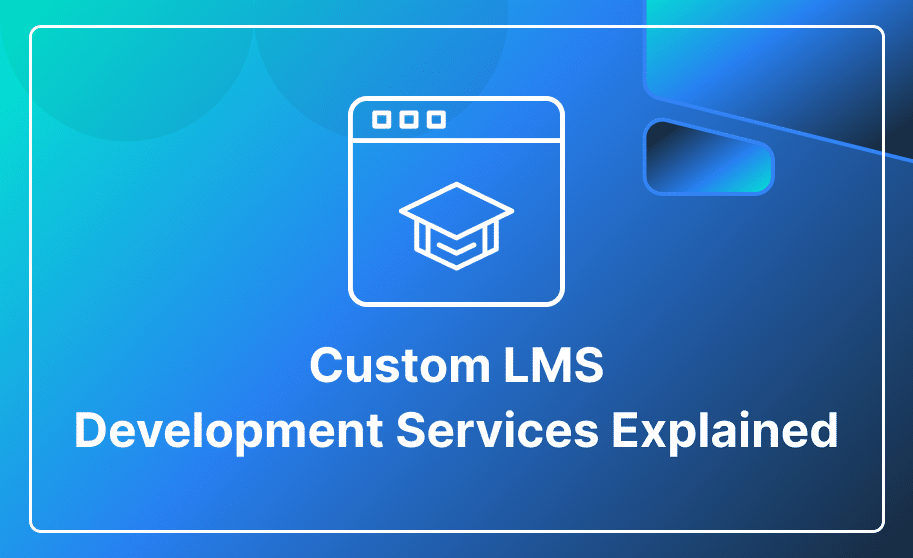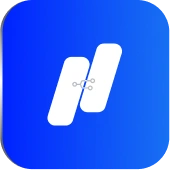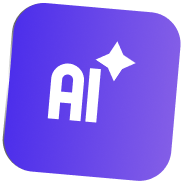No-code platforms have gained immense popularity due to their capability to allow individuals to build applications without a traditional coding background. One standout platform that has been gaining attention is Bubble.
Bubble has been there since 2012 and continuously evolving and refining itself.
Today, Bubble is recognized as a versatile and robust full-stack platform that can handle large and complex software projects.
As a Bubble agency, we often receive questions about the platform’s capabilities.
This blog will provide an honest overview of what can and cannot be done with Bubble technology (as of now), enabling you to assess if it aligns with your project requirements.
Before exploring the possibilities and limitations of Bubble technology, let’s start with a quick overview of what Bubble technology is!
What is Bubble Technology?
Bubble is a visual programming platform that allows individuals without technical background to create full-fledged web or mobile applications without writing code.
What You Can Do with Bubble
Below, you’ll find a description of the numerous uses and advantages offered by Bubble technology.
Build Responsive Web Apps
Bubble is an advanced visual programming environment for creating robust web applications. Whether you want to develop a desktop interface or a responsive web app adaptable to various screen sizes, Bubble can help you out.
Common examples of applications that can be developed using Bubble include social networks, Software as a Service (SaaS) products, and online marketplaces.
The Bubble editor provides extensive flexibility, allowing experienced developers to create pixel-perfect products with intricate designs and responsive functionalities.
Build Hybrid Mobile Apps
Currently, Bubble doesn’t have a ready-made solution for native applications. Although this project is part of their long-term plan, you can still make hybrid mobile apps using the Bubble Editor by wrapping web applications and putting them on the app store. Hybrid apps offer a significant advantage for developers who want to update their apps frequently as there’s no need to resubmit a new version each time.
Moreover, since hybrid mobile apps rely on web technologies, deploying them on both Android and iOS stores is easier, leading to a reduction in development time and costs.
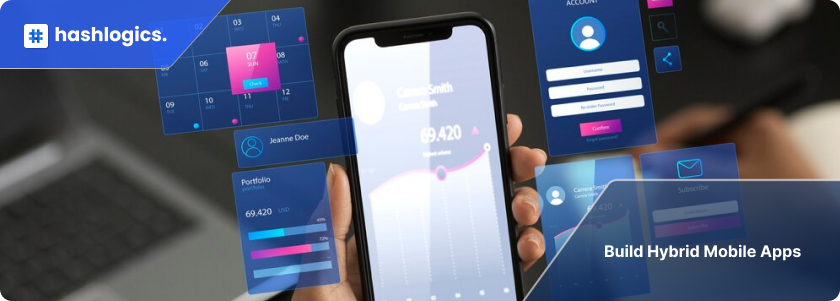
Run Custom Code
With its no-code capabilities, Bubble can perform numerous native features. But sometimes, just adding visual elements might not be enough to build applications. In those cases, it is important to add extra features by creating custom elements and actions on top of Bubble’s existing features.
Bubble enables developers to run custom code when they encounter limitations to extend their app’s functionality.
Developers can design plugins for writing and running custom (JavaScript) code within their applications. However, reaching a hard limit in your project is minimal.
Connect to External Services and Hardware through APIs
Applications often need to collect data from external sources or trigger some actions (such as getting data from social accounts or sending emails). The bubble has a powerful tool, the API connector, to link applications to external software systems or hardware devices.
Connect to External Databases
By default, the application data is read and stored on AWS servers. Within the Bubble editor, there is a SQL Database Connector, which allows developers to link applications to external databases and execute SQL queries directly within the Bubble platform.
Manage Data Access and Privacy
Bubble is a versatile platform as compared to other no-code tools.
When you create a Bubble app all data is initially accessible to the public. However, the Bubble editor provides various tools to configure data access within your app.
What You Cannot Do with Bubble
Build Native Apps
The Bubble platform doesn’t offer a specific engine for building and launching native apps on application stores. While there are plans to implement this in the mid to long term, it is currently possible to create mobile PWAs or deploy hybrid mobile apps on stores using certain techniques and workarounds.
Host an App on a Private or On-Premise Server
Bubble offers hosting for its users on Amazon Web Services (AWS) cloud servers or dedicated instances. Right now, there is no option to self-host a Bubble app on a private hosting service or an on-premise server.
Amazon Web Services (AWS) stands out as the leading cloud provider with over 50% market share, known for its exceptional performance and security features.
Execute Other Languages than JavaScript
Indeed, Bubble developers can extend application features through custom code. However, it is important to note that only JavaScript language is supported.
The core engine of Bubble is written in JavaScript. As of now, developers are limited to using JavaScript for building custom integrations on the Bubble platform.
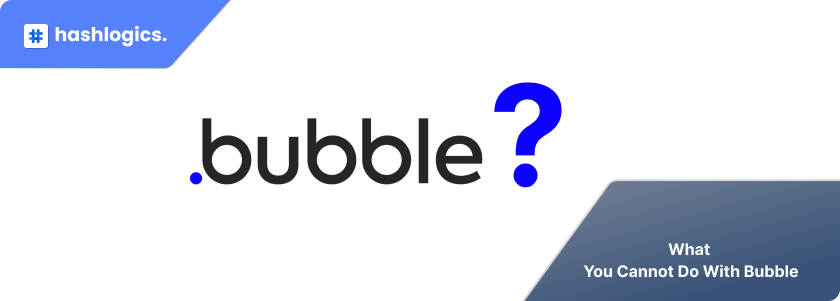
Develop Complex Algorithms
Bubble’s visual language may not be the most suitable tool for developing complex algorithms, particularly those involving recursion or looping operations on data. For a more effective approach, developers can use or create custom algorithms outside Bubble, which can be utilized by passing data through an API, such as a machine-learning algorithm.
Creating Advanced Video Games
With Bubble, creating complex 3D or platform games is not easy. However, some smart Bubble users have successfully created small yet engaging games, like Pizza Mania by Landowoski.
Export Code
Bubble apps can only run on the Bubble platform. Importing to another platform becomes challenging without the proprietary Bubble code. It might lead to complications when importing for various purposes or for new users. The proprietary model is aligned with Bubble’s business model. When you move away from the platform, you’ll need to recreate the entire application from the beginning using no-code, depending solely on client data and any custom code you integrated.
Conclusion:
Bubble has emerged as a powerful no-code platform that enables individuals and businesses to create web applications easily and rapidly.
As Bubble continues to grow, addressing these limitations is on the horizon, promising an even more powerful platform in the future.
With a clear understanding of what Bubble can and cannot do, users can harness its potential to bring their innovative ideas to life in the digital landscape.


